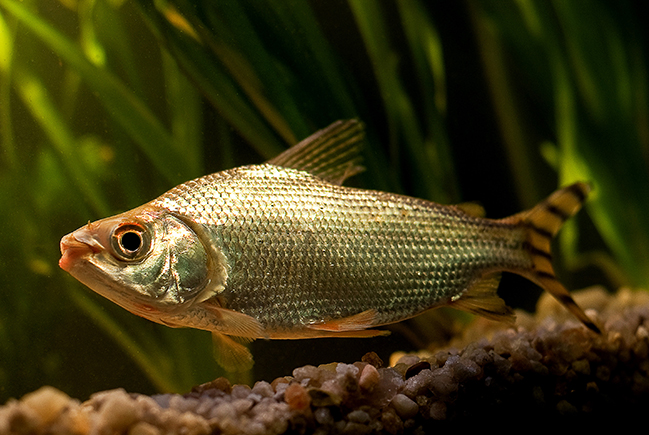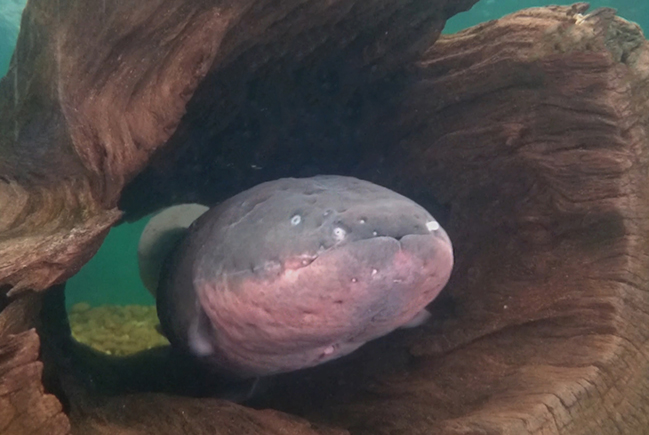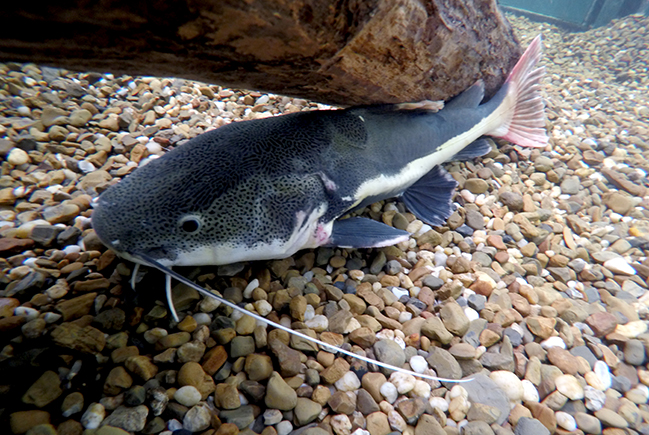Aquariums



In the middle of the forest, right next to the Victoria Amazonica Lake, close to the Fern Alcove, you will find the Denis and Luciana Minev Aquarium. The aquarium was named after a young couple due to the incentive we received from them in order to build a good-sized, well-ventilated, open-air aquarium at the Musa Botanical Garden. Large, ma non troppo, like the fish we find there: moderate-sized pirarucus, tambaquis, bonytongues, and redtail catfish. The fish are growing, and will soon need a bigger tank. Pirarucus are lunged fish, rising to the surface in order to breathe. The story goes that the Indigenous connoisseurs are able to recognize pirarucus by the soft noises they make when they go up to breathe, naming them and being able to tell, in the silence of the lakes near their village, whose was the last breath.
In the entrance tent, the White Tent, there are two large aquariums: in the bigger one, we find the electric eel, an electric fish, an extraordinary natural phenomenon: it has rechargeable bio-batteries that take up ¾ of its body and feed the creation of an electric field that surrounds the fish like a sensitive cape. The electric eel detects obstacles and other fish through this cape. When a predator or prey disturbs the cape, the electric field is intensified, causing an electric discharge that fends off the predator or paralyzes the prey, which the electric eel then finds and devours. It feeds without making any noise; it does not charm, it impresses. Especially when we know that it sees very little. It is difficult to forget the sight of a small fish being caught as it swims around a hungry electric eel. How does it determine, through the electric field that surrounds it, the exact location of the prey?
There is another aquarium in the White Tent, a bit smaller and charming. It contains jaraquis, a symbol of the city, and angelfish. The fish swim back and forth, but do not rise to the surface to breathe nor emit electric fields, yet are worth watching: they live in the water, as we live in a sea of air.
